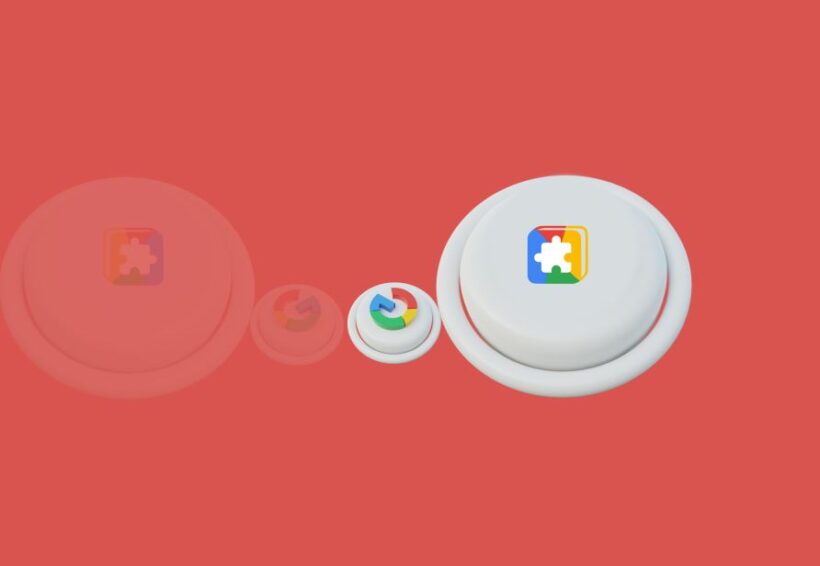Input Method Editors (IMEs), also known as Input Method Engines, are software components that enable users to enter characters and symbols not typically found on their physical keyboard. IMEs are essential for users who need to input text in languages with complex writing systems, such as Chinese, Japanese, or Hindi.
IMEs facilitate the input of thousands of characters, making the web accessible and usable for a global audience.
Benefits of IMEs
IMEs offer several advantages:
- Global Text Input: IMEs enable users to input text in a wide range of languages, making the web accessible to users worldwide.
- Language Support: IMEs provide support for numerous languages and scripts, ensuring that users can express themselves in their native tongue.
- Character Flexibility: IMEs allow users to input a diverse range of characters, including letters, numbers, symbols, and punctuation marks.
- Dynamic Composition: IMEs offer dynamic composition, allowing users to build complex characters or phrases by combining simpler elements.
How IMEs Work
IMEs typically involve the following steps:
- User Input Initiation: The user initiates input by pressing a specific key or key combination, such as Ctrl+Shift to activate the IME.
- IME Activation: The IME becomes active, typically displaying a small window or toolbar where users can select or input the desired characters.
- Character Selection: The user selects or inputs the desired character or phrase using the IME interface.
- Character Insertion: The selected or composed character is inserted into the active text field, such as a text box or document editor.
Common IME Features
There are several common features of IMEs:
- Dynamic Composition: IMEs allow users to build complex characters or phrases by combining simpler elements, such as vowels and consonants.
- Prediction and Suggestions: IMEs can provide predictions or suggestions based on the user’s input history or commonly used phrases.
- Customizable Layouts: IMEs often offer customizable layouts and input methods to accommodate different user preferences or language requirements.
- Language Switching: IMEs enable users to switch between different languages or input methods, making them versatile tools for multilingual users.
How to Implement IMEs
To implement IMEs:
- Understand User Needs: Research and understand the specific language and input needs of your target audience to design an effective IME.
- Use Platform APIs: Leverage platform-specific APIs, such as the Input Method Framework (IMF) on Windows or the Text Services Framework (TSF) on macOS, to handle IME functionality.
- Support Multiple Languages: Aim to support multiple languages and scripts to cater to a diverse user base.
- Provide Customization Options: Allow users to customize the IME layout, input methods, and language preferences to match their individual needs.
- Handle Dynamic Composition: Implement dynamic composition to enable users to build complex characters or phrases efficiently.
Challenges and Considerations
While IMEs offer powerful capabilities, there are considerations to keep in mind:
Language Coverage: It’s challenging to support all languages and scripts, and IMEs may need to prioritize based on user demand or language popularity.
Performance Impact: IMEs can introduce processing overhead, especially when handling complex composition or prediction algorithms.
Layout Flexibility: IMEs should offer flexible layouts to accommodate different input methods, such as handwriting recognition or virtual keyboards.
User Education: Users may need guidance and education on how to activate and use IMEs effectively, especially for less commonly used languages or scripts.
Input Method Editors (IMEs) are essential tools that empower users to input text in a wide range of languages and scripts. By leveraging IMEs, developers can make the web accessible and usable for a global audience. With dynamic composition, language switching, and customizable layouts, IMEs facilitate the input of complex characters and phrases.
However, it’s important to consider the challenges of language coverage, performance impact, and user education to ensure effective IME implementation and a seamless text input experience for users worldwide.




